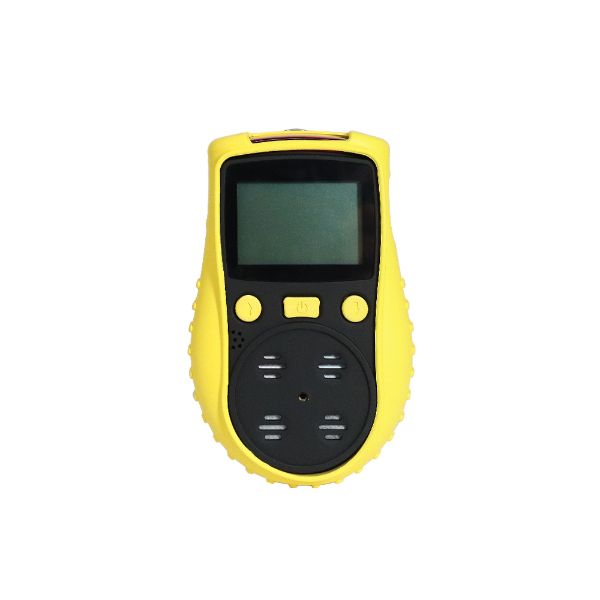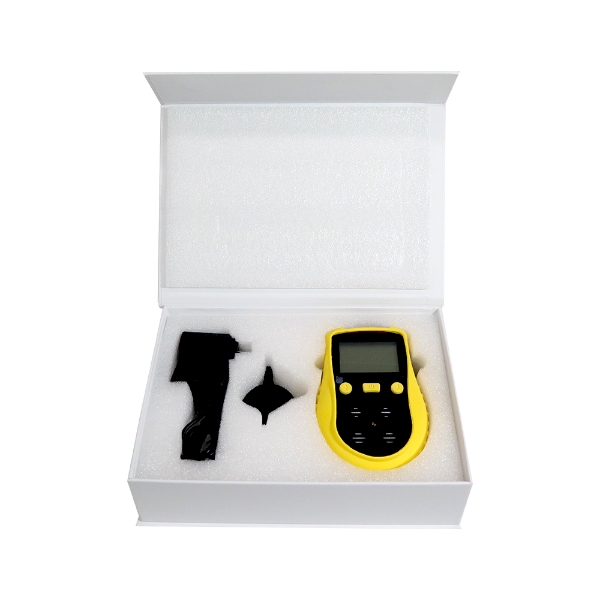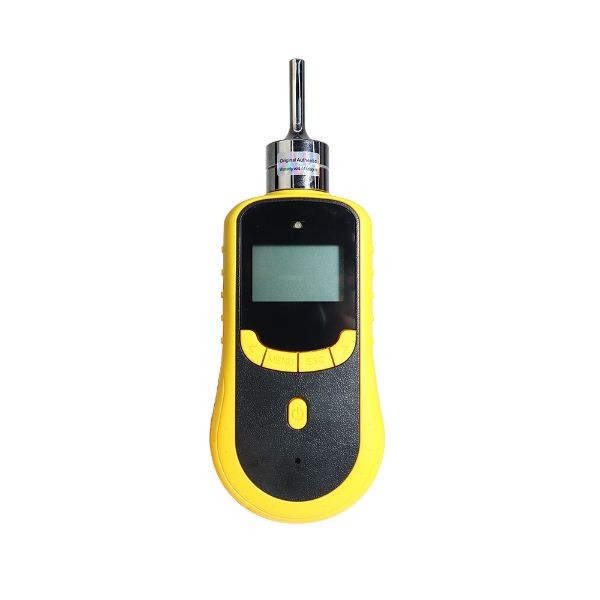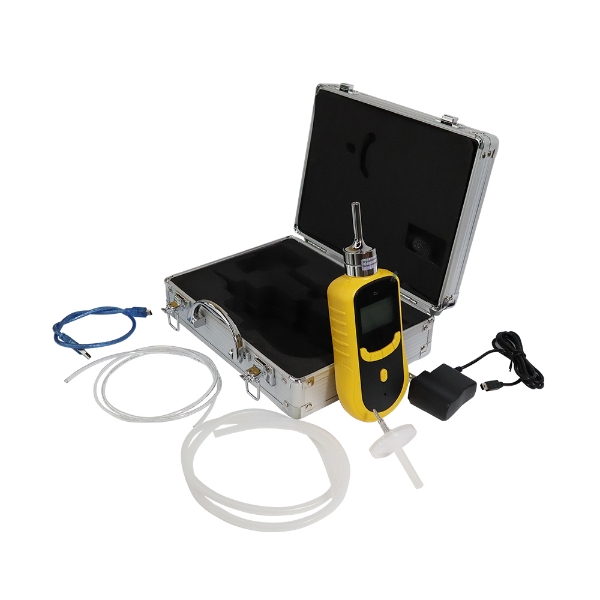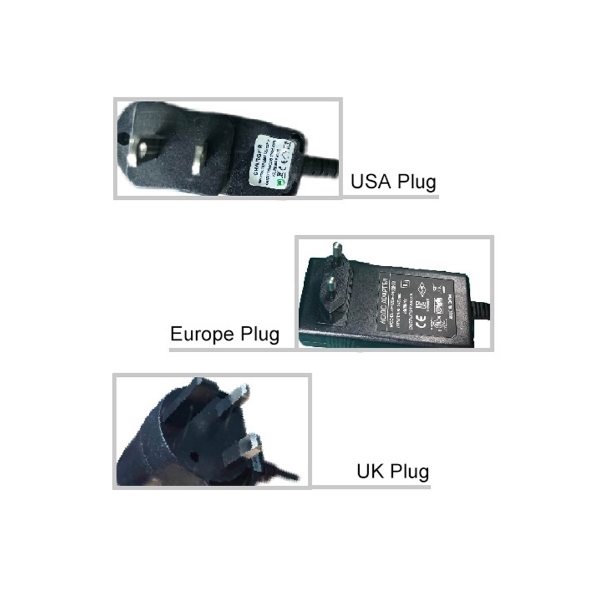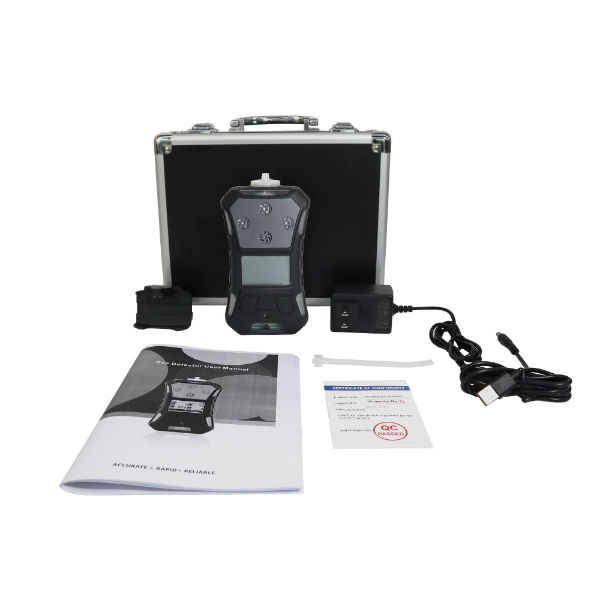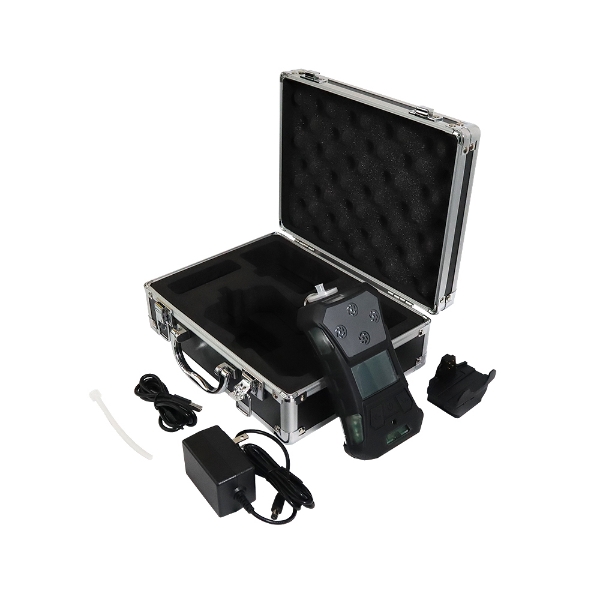-
You have no items in your shopping cart.
- Register
- Log in
- Wishlist
- Shopping cart
WRITE YOUR OWN REVIEW
EXISTING REVIEWS
Relaible CO gas detector
I am very pleased with this compact GasDog carbon monoxide gas detector. It can be used handheld, easy to install and operate.
Yura
|
11/17/2023 6:04 AM
Was this review helpful?
(0/0)
High sensitivity
This handheld CO gas detector is very convenient and practical to accurately detect CO concentration in the environment. Its compact and lightweight design makes it easy to carry and easy to operate. At the same time, it also has the characteristics of high sensitivity and fast response, which can detect potential security risks in time. It is a very cost-effective product.
samuel
|
9/14/2023 1:58 AM
Was this review helpful?
(0/0)

